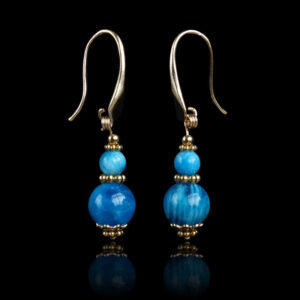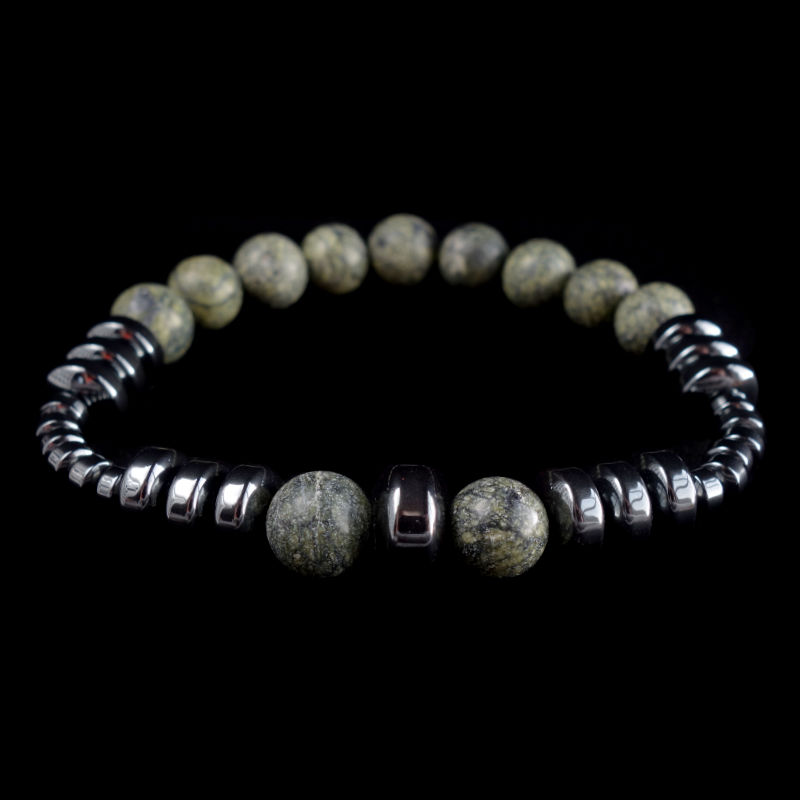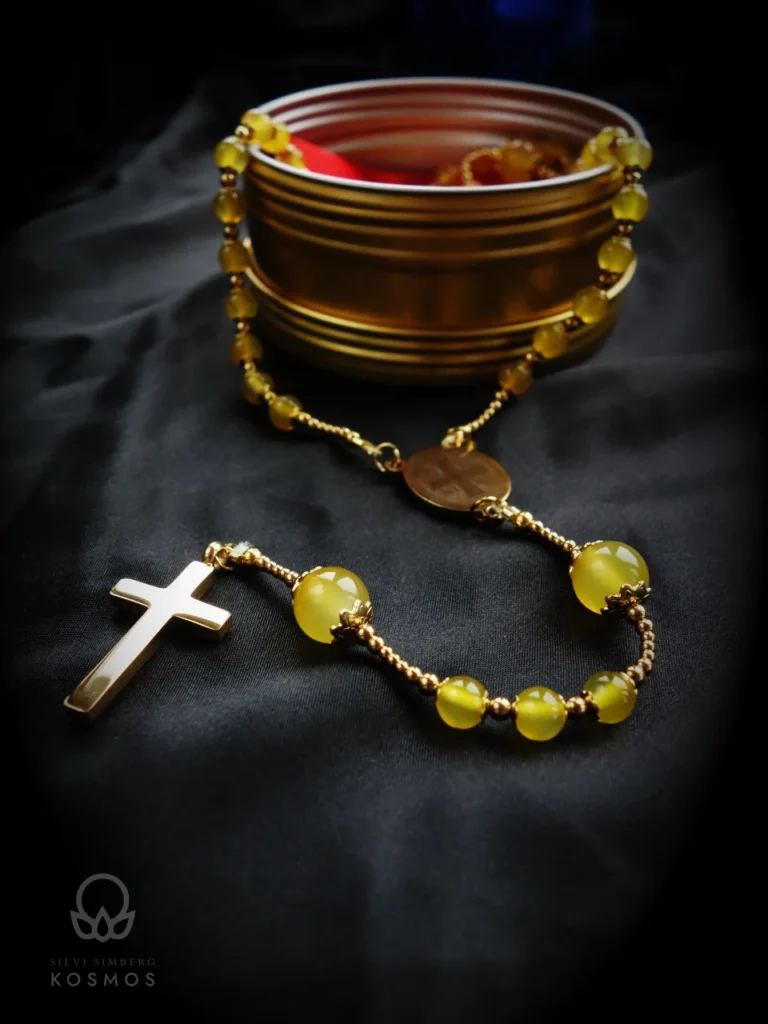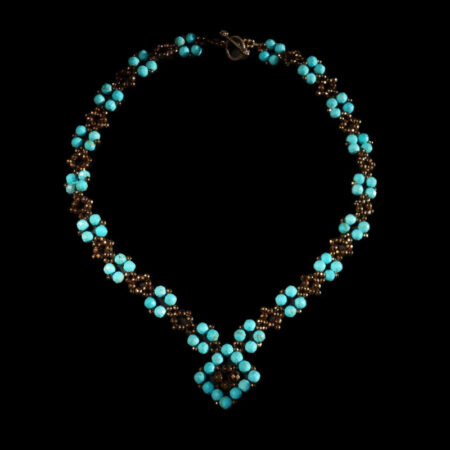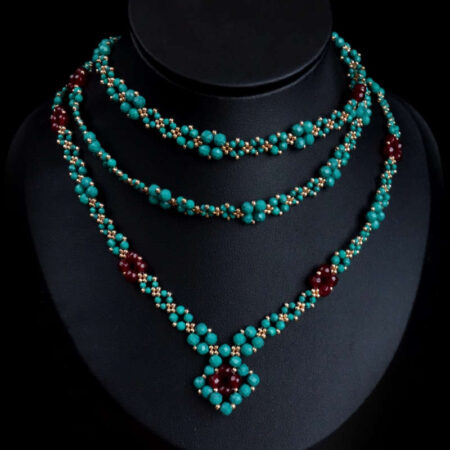Your cart is currently empty!
-
-
Earrings
-
Necklaces
-
Bracelets
-
Rosary
-
Birthstones
-
Zodiac
-
A to Z
-
Colour
Aries ♈︎
Tropical: 21.03 – 19.04
Sidereal: 14.04 – 13.05
Not in stock: Crysoprase
Taurus ♉︎
Tropical: 20.04 – 20.05
Sidereal: 14.05 – 19.05
Not in stock: Sard
Gemini ♊︎
Tropical: 21.05 – 20.06
Sidereal: 20.06 – 20.07
Not in stock: Aquamarine, Chrysocolla
Cancer ♋︎
Tropical: 21.06 – 22.07
Sidereal: 21.07 – 10.08
Not in stock: Chrysoprase, Diamond
Leo ♌︎
Tropical: 23.07 – 22.08
Sidereal: 11.08 – 15.09
Not in stock: Chrysolite, Diamond
Virgo ♍︎
Tropical: 23.08 – 22.09
Sidereal: 16.09 – 30.10
Not in stock: Beryl, Sardonyx, Zircon
Libra ♎︎
Tropical: 23.09 – 22.10
Sidereal: 31.10 – 22.11
Not in stock: Beryl, Diamond, Jade, Kunzite, Nephrite, Sardonyx, Rose Tourmaline
Scorpio ♏︎
Tropical: 23.10 – 21.11
Sidereal: 23.11 – 29.11
Not in Stock: Aquamarine, Chrysoprase
Sagittarius ♐︎
Tropical: 22.11 – 21.12
Sidereal: 18.12 – 18.01
Not in Stock: Beryl, Sodalite
Capricorn ♑︎
Tropical: 22.12 – 19.01
Sidereal: 19.01 – 15.02
Not in Stock: Beryl, Malachite, Green Tourmaline
Aquarius ♒︎
Tropical: 20.01 – 18.02
Sidereal: 16.02 – 11.03
Not in Stock: Aquamarine, Celestine, Chrysocolla, Hawk’s Eye, Malachite
Pisces ♓︎
Tropical: 19.02 – 20.03
Sidereal: 12.03 – 13.04
Not in Stock: Aquamarine, Diamond, Jade, Sugilite
Ophiuchus ⛎︎
Tropical: N/A
Sidereal: 30.11 – 17.12
Notes
13th Sign: Ophiuchus is often considered in sidereal astrology because the Sun does pass through this constellation, but it’s not part of the traditional 12-sign zodiac used in Western astrology.
Note on Stones: The concept of birthstones for Ophiuchus is not as standardized as for the traditional zodiac signs since Ophiuchus isn’t part of the tropical zodiac. However, these stones are often associated with Ophiuchus due to their metaphysical properties that align with the characteristics attributed to this sign in sidereal astrology. Amethyst for spirituality and intuition, Citrine for abundance and positivity, Turquoise for healing and communication, Labradorite for transformation and intuition, and Ruby for passion and motivation.
Learn more: https://earthsky.org/constellations/ophiuchus-the-serpent-bearer-13th-constellation-zodiac/
Legend:
■ Arcane Semi-Precious Gemstone Beads
▲ Silica / Quartz Gemstone Beads
● Natural Beads
◖ Manmade / Artisanal Beads
A
B
C
D
E
F
G
H
J
K
L
M
O
P
R
S
T
V
FILTERS
Product Search
Filter by Price
Main Stone
Finish
Base Metal
Clasp
Hook Type
Birthstone
Zodiac Stone
Colour
Turquoise
“Balance steadies not by calming the tides, but by anchoring the heart that rides their endless waves.”
Birthstone of December
Zodiac Stone of Gemini, Virgo, Aquarius, Opiuchus
Cosmic Junction: Mercury, Venus, Jupiter, Uranus
Names: Turkish stone, Persian blue, callaite, sky stone, Aztec stone, reconstructed turquoise.
Turquoise’s Properties:
Healing and Protection
Turquoise conducts and amplifies healing and protective energies. Turquoise is Awakened when the Sun is in the constellations Gemini, Virgo, Aquarius, Opiuchus, or in the planets Mercury, Venus, Jupiter, and Uranus.
Turquoise’s Origin Story:
Elaios spun turquoise’s sky-blue glow under Uranus of Tartarus’ restless winds to fracture souls’ bonds. Its serene hue was a lie, draining loosh through broken relationships and endless striving. The stone trapped divine sparks in isolation, denying the social heart of existence.
Seth and Mary Magdalene with their compassion began to heal a divided kingdom, they infused turquoise with Pleroma’s calm, tying it to Venus’ potential harmony. Its tide now fostered rest, a rebellion against relentless chaos.
Turquoise became a spiritual pirate’s haven, embracing hibernation and interpersonal connection. It defies isolation, urging seekers to shift attitudes and see every problem as relational. Wearers guide sparks to emulate Pleroma, their rest a strength.
Turquoise soothes the heart chakra’s astral body, where Apathy (50/1000) breaks bonds. It sparks Neutrality (250/1000), shifting attitudes to value rest—an Adlerian choice for connection over chaos. Thriving in pause, it fosters Love (500/1000). Gnostic pirates wield turquoise to heal relationships, freeing sparks.
“Rest weaves the soul’s eternal bond.”



